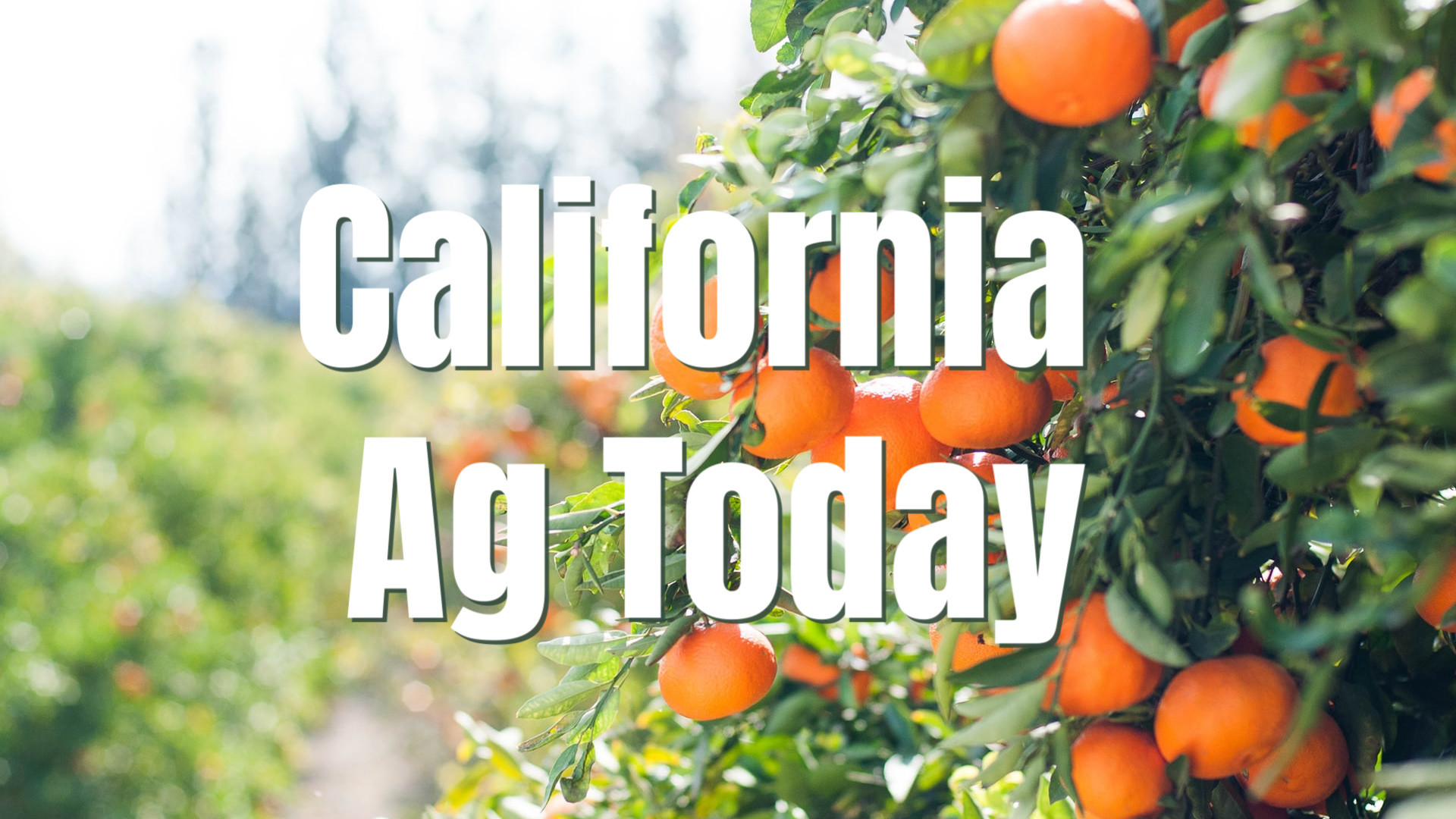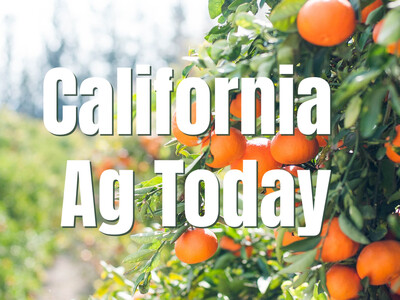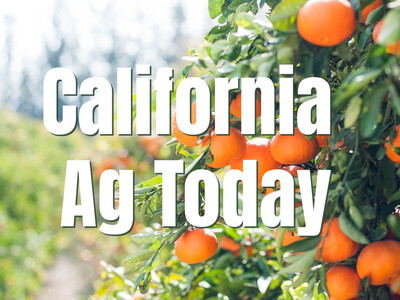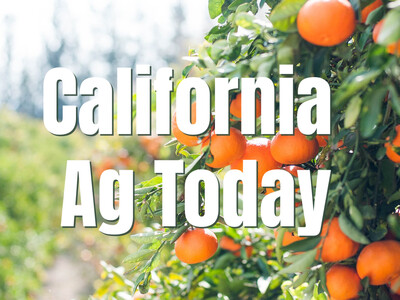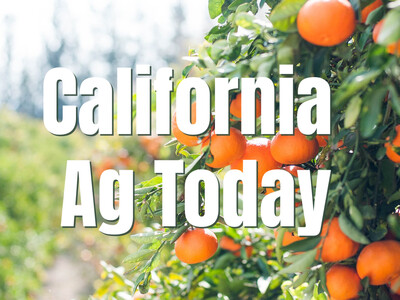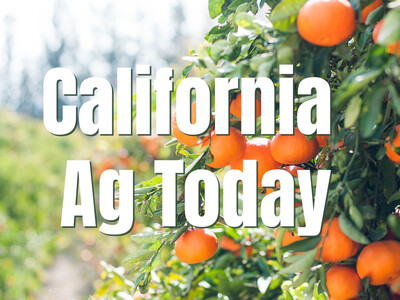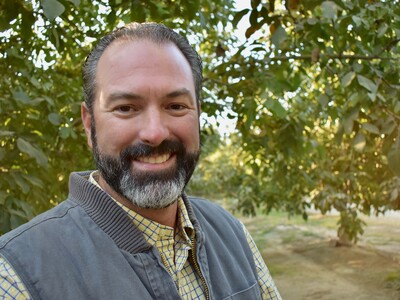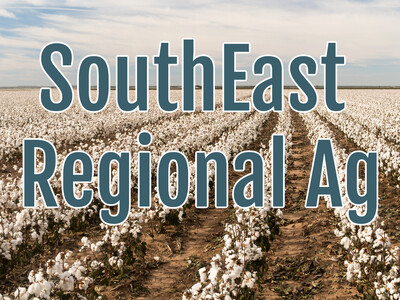Building Drought Resilience

Tim Hammerich
News Reporter
Water issues continue to be the most pressing threat to many of our state’s farmers and ranchers. Here are a few updates courtesy of the California Farm Bureau Federation.
With farmers plowing under crops and removing trees due to water shortages, irrigation districts are trying to find supplemental supplies. Districts on the west side of the Central Valley face the prospect of receiving no water from a federal project. A gubernatorial drought declaration intends to streamline water transfers. Water district officials say transfers could “play a key role” this summer, but won’t prevent significant agricultural losses.
Pouring water onto farmland in the wintertime could help nearby communities replenish their groundwater supplies. University of California research shows nearly 300 rural communities could benefit from “managed aquifer recharge.” The research is part of ongoing work to determine how flooding farmland in the winter could refill underground water supplies. Scientists have been charting the impact on aquifers and on the crops and farmland involved.
In a development that could improve the drought tolerance of crops, University of California scientists say they have identified genes that protect plants from drying out. Working with tomato plants, the UC researchers studied genes that regulate a moisture-barrier layer in plant roots. The barrier prevents a plant from losing water. The scientists say the new knowledge may help them breed crops that survive longer during drought.
(Source: California Farm Bureau Federation)


